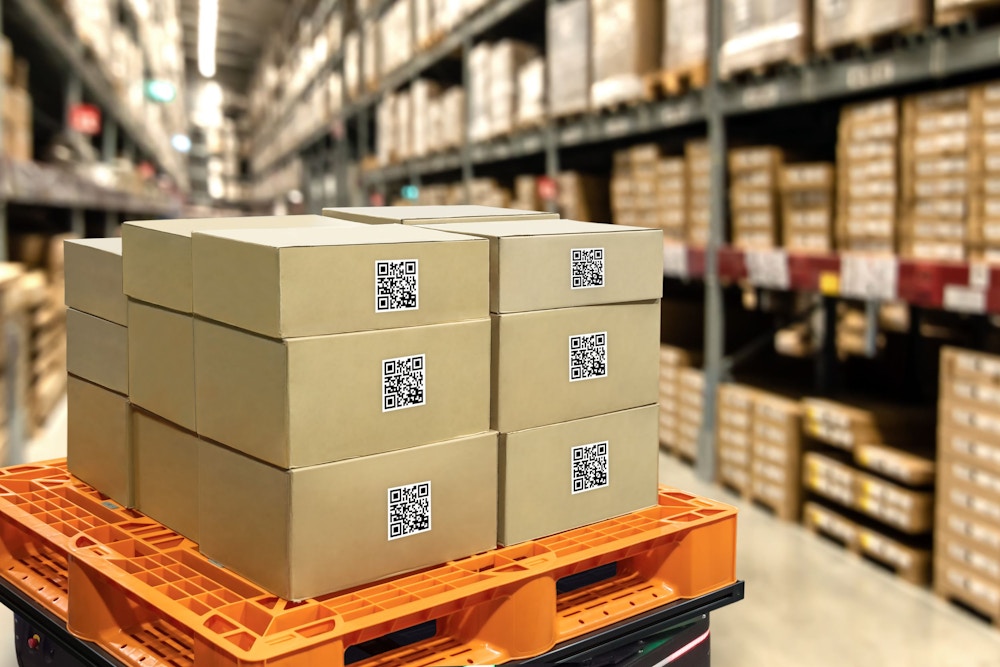End-to-End Supply Chain Management for High-Compliance Verticals
Today’s world is seeing increasing geopolitical, environmental, and health risks, which makes it increasingly difficult for our supply chains to operate without challenges. Supply chains often operate as a network of physical networks, meaning that they operate without full digitization, with information often siloed and lacking in end-to-end visibility.
This limits the capability for companies to have coordinated decision-making and process management. In regulated industries, companies can often face hurdles and fines if they don’t properly adhere to the applicable regulations, such as international trade requirements, federal regulations, and ESG practices.
According to Assent’s 2021 State of Compliance Report, the majority of supply chain compliance professionals expected digital transformation efforts to increase year over year, and their top challenges include evolving regulations, increased customer data requests, and slowdowns from manual processes. To prevent negative consequences and manage regulatory challenges, companies must increase the visibility of their supply chains.
End-to-end supply chain visibility allows companies to break down the traditional barriers to decision-making and access comprehensive performance insights and risk management. By creating digitized networks on a singular platform, companies can connect their processes to predict and prevent supply chain disruptions. This also allows companies to prevent and reduce shortages, increase process customization, and overall run on innovative operating models to increase their competitive advantage.
What this means for Regulated Industries
For industries that are highly regulated, compliance management is a key component to end-to-end supply chain digitization, allowing them to add transparency to complex processes. Two of Volition’s portfolio companies, Tracelink and Assent, are great examples of companies that provide end-to-end supply chain management for highly regulated industries, with Tracelink operating in the life sciences industry and Assent serving complex manufacturers.
There are many other industries that require digitized compliance management, including food, auto, medical devices, clothing, and more. Effective supply chain management solutions for these verticals help companies ensure product safety, compliance of regulations, cybersecurity, conformity to labor laws, and supplier risk management.
To effectively increase compliance, visibility, and decision management, the first step is determining how to best digitize the supply chain process. This needs to encompass resources beyond the organization itself, including suppliers, transportation, and sometimes even customers.
Having a single source of truth in supply chain management, such as creating a digital twin, allows companies to understand where products and material are at every step of the supply chain, which removes exposure to product recalls, supplier risk, and compliance breaches.
Looking Forward
For industries that are highly regulated, compliance management is a key component to end-to-end supply chain digitization, allowing them to add transparency to complex processes. Two of Volition’s portfolio companies, Tracelink and Assent, are great examples of companies that provide end-to-end supply chain management for highly regulated industries, with Tracelink operating in the life sciences industry and Assent serving complex manufacturers.
There are many other industries that require digitized compliance management, including food, auto, medical devices, clothing, and more. Effective supply chain management solutions for these verticals help companies ensure product safety, compliance of regulations, cybersecurity, conformity to labor laws, and supplier risk management.
To effectively increase compliance, visibility, and decision management, the first step is determining how to best digitize the supply chain process. This needs to encompass resources beyond the organization itself, including suppliers, transportation, and sometimes even customers.
Having a single source of truth in supply chain management, such as creating a digital twin, allows companies to understand where products and material are at every step of the supply chain, which removes exposure to product recalls, supplier risk, and compliance breaches.
